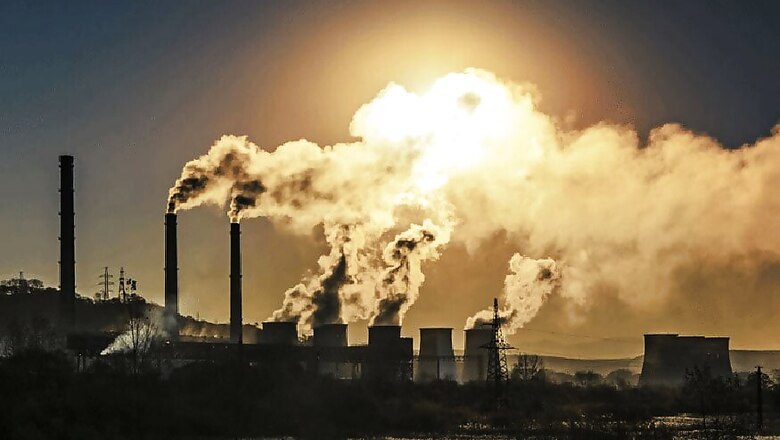
views
India on Monday launched its first gas trading exchange, enabling local and foreign players such as Shell, Vitol and Trafigura to sell directly to domestic customers.
India, a large emitter of greenhouse gases, is expanding its gas infrastructure, including connecting households with expanding gas pipe network, as it aims to raise the share of gas in its energy mix to 15% by 2030 from the current 6.2%.
The nation's current daily consumption of gas - which is less polluting than other fossil fuels such as coal and oil - is about 165 million cubic metres, of which 47% is met through imported liquefied natural gas (LNG).
Rajesh Mediratta, a director at the India Gas Exchange, said the platform initially expected to facilitate trading in LNG, mainly cheaper spot volumes, as locally produced gas is sold at state-fixed prices to designated customers.
"...some part of (imported LNG) will come to the exchange so GAIL, GSPC (Gujarat Energy Petroleum Corp), H-Energy, Indian Oil Corp Shell and international traders like Trafigura and Vitol they all can sell into the exchange. Buyers will be there on the other side," he said.
He added the bulk of growth in India's gas consumption would be met through imports. The India Gas Exchange offers spot and forward contracts at Dahej and Hazira in Western Gujarat state and Kakinada in southern Andhra Pradesh.
Currently, global traders sell LNG to Indian clients through companies like Peronet LNG, IOC, GAIL, BPCL GSPC. Shell is the only foreign company that sells directly to customers through its LNG terminal at Hazira.
Oil Minister Dharmendra Pradhan said India would soon have a new gas tariff policy. He said in the next few years India would expand its gas pipeline infrastructure to about 32,000 kilometers (km) from the current 17,000 km and raise annual LNG import capacity to about 50 million tonnes from 39.2 million.
"As there will be a market driven pricing mechanism, India Gas Exchange will play a bigger role towards realizing a free market for gas," Pradhan said, while launching the trading platform.















Comments
0 comment